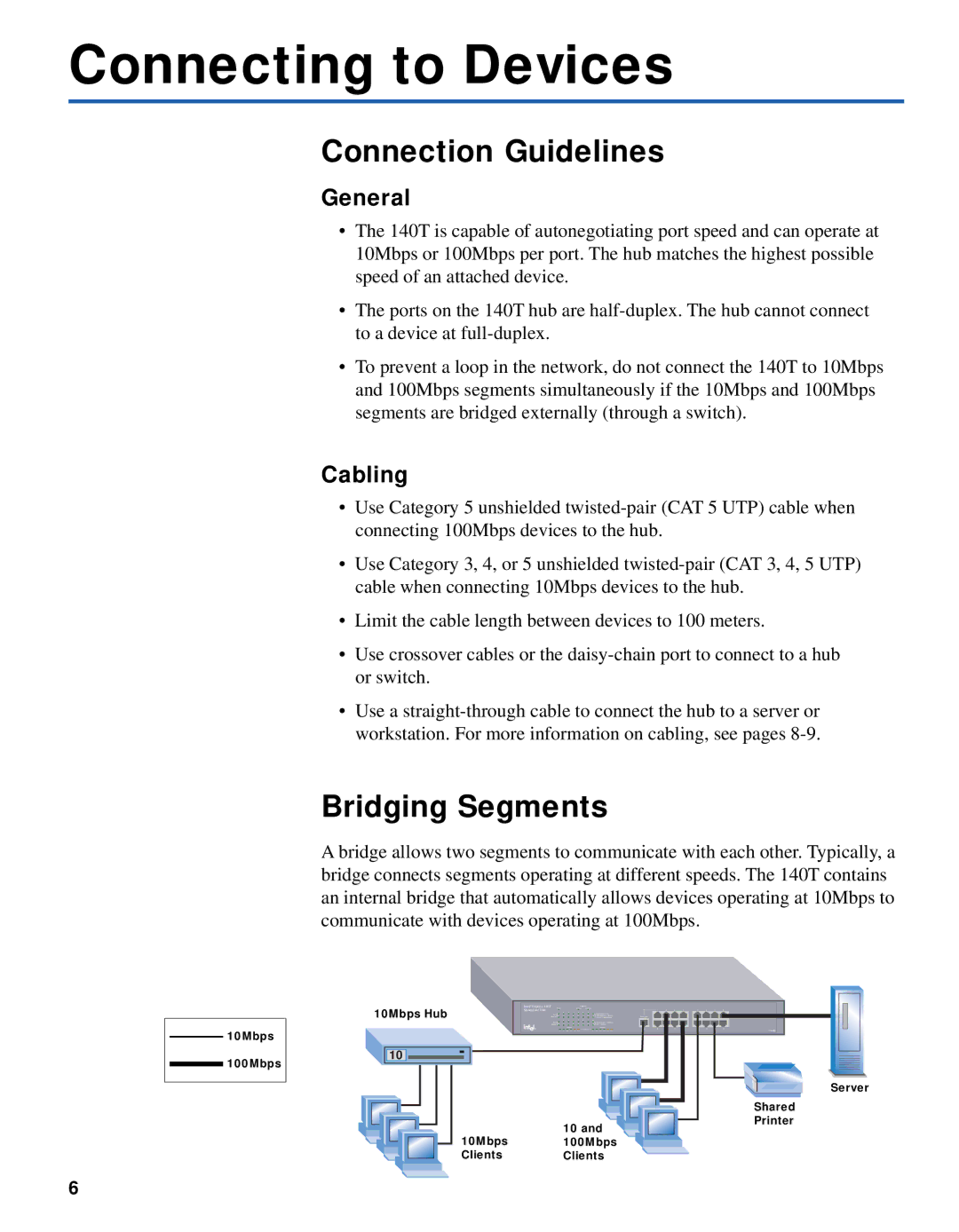140T specifications
The Intel 140T is an innovative offering from Intel that stands out in the competitive landscape of computing technology. Designed specifically for high-performance computing, the 140T combines a robust architecture with advanced features that cater to demanding workloads and applications.At the heart of the Intel 140T is its cutting-edge processing technology, which utilizes Intel's state-of-the-art 10nm SuperFin technology. This manufacturing process allows for higher performance while maintaining efficiency, enabling the 140T to deliver impressive clock speeds and reduced power consumption. The CPU is built on Intel's latest microarchitecture, which emphasizes enhanced performance per watt, making it an ideal choice for everything from data centers to consumer electronics.
One of the standout features of the Intel 140T is its multi-core configuration. Boasting up to 16 cores and 32 threads, this processor excels at multitasking and parallel processing. This makes it particularly suited for applications that require extensive computational power, such as video rendering, 3D modeling, and real-time data analysis. The processor is also equipped with Intel's Hyper-Threading technology, allowing each core to handle two threads simultaneously, further optimizing performance and efficiency.
The Intel 140T incorporates advanced thermal design, which helps to manage heat dissipation effectively. With integrated thermal sensors and support for dynamic frequency scaling, the processor can adjust its performance in real-time based on thermal conditions, ensuring stability even under heavy loads. Additionally, the CPU supports Intel Turbo Boost Technology, enabling it to temporarily increase clock speeds for demanding tasks.
Another key characteristic of the Intel 140T is its enhanced memory support. With support for DDR4 and the new DDR5 memory standards, it allows for higher memory bandwidth, enabling faster data access and improved overall system responsiveness. The processor also includes Intel Optane memory support, which enhances storage performance by accelerating disk access speeds.
On the connectivity front, the Intel 140T comes equipped with integrated Intel Wi-Fi 6 and Thunderbolt 4 technology, providing high-speed data transfer and seamless wireless capabilities. This makes it easier to connect to various peripherals and networks, enhancing the overall user experience.
Overall, the Intel 140T is a powerful, efficient, and versatile processor that caters to the needs of high-performance computing environments. Its combination of core technology, thermal management, memory support, and connectivity features solidifies its position as a leader in Intel's lineup, paving the way for advancements in various computing applications.

